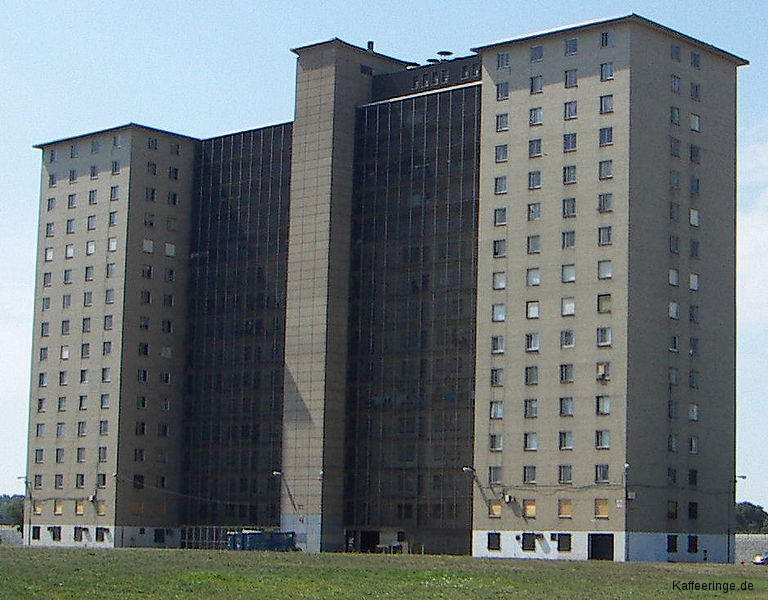Groundbreaking Documentary Is Even More Powerful Today
In the first few minutes of the three-hour documentary Hoop Dreams, you see something that no longer exists: Robert Taylor Homes. These modernist towers were built in the '60s and managed by the Chicago Housing Authority. They represented the ideals of the Swiss French architect Le Corbusier and also the end of the road for America's commitment to public housing. Hoop Dreamscaptures the years before the Robert Taylor Homes were demolished and replaced with mixed-income housing. What we see in the documentary is the end of the black, Starbucks-less inner city. And so it is impossible to watch this story of kids who have dreams of becoming rich and famous by way of professional basketball without a sense of nostalgia and even sadness. The junkyards, crappy convenience stores, storefront churches, neglected parks, and playgrounds all sit on property that will soon begin to rise in value. America's concept of urbanism will radically change. The suburbs will lose their charm, and inner-city density will be revalued as a virtue—along with walkability and public transportation. Indeed, the very first shot in Hoop Dreams is of an elevated train, slicing through the hood.
Arguably the best documentary of the '90s and certainly one of the greatest American independent films of all time, Hoop Dreams was shot over five years on video and concerns two black males, William Gates and Arthur Agee. At the start of the film, both are 14 and live in different parts of Chicago. The documentary moves between their lives on basketball courts and in classrooms and apartments, which are small and crammed with children...
